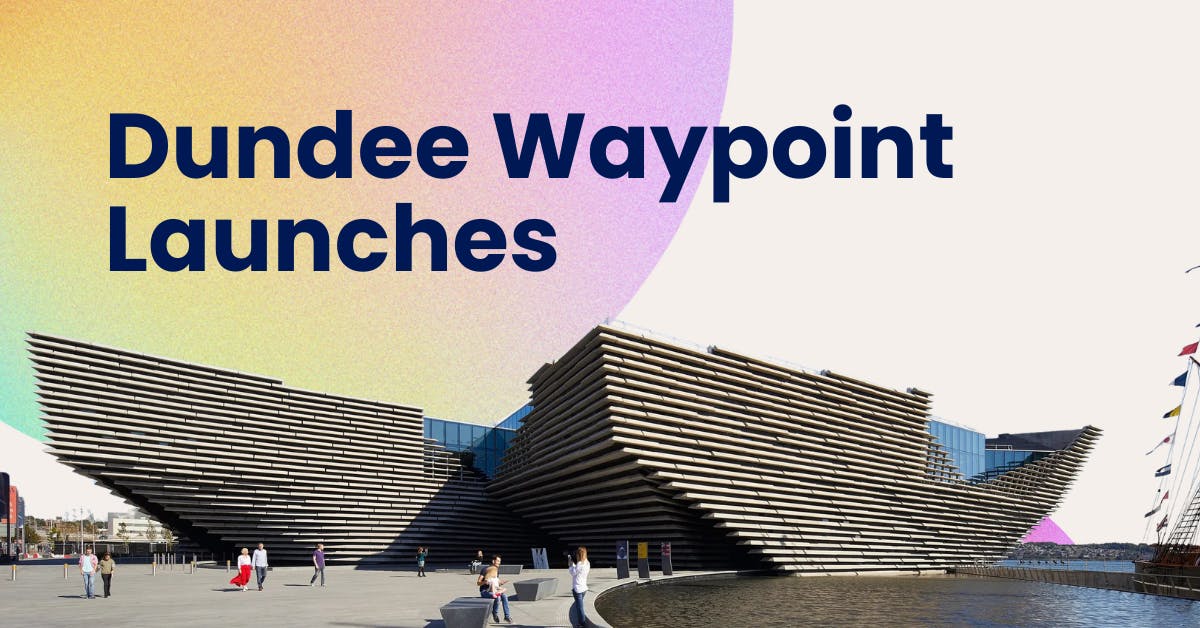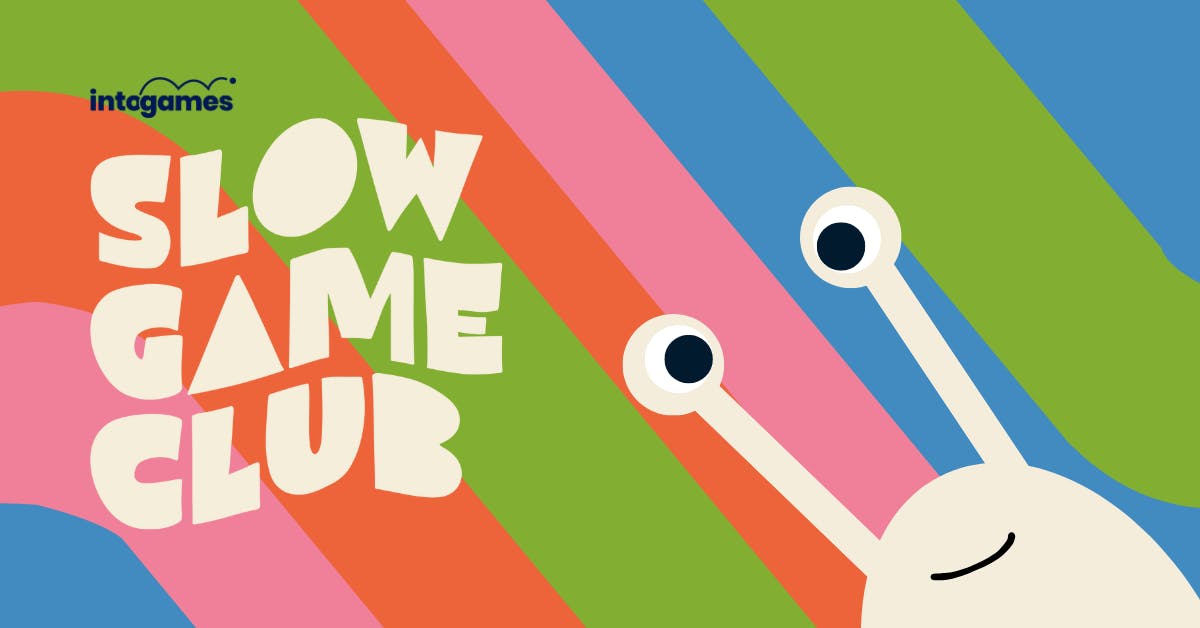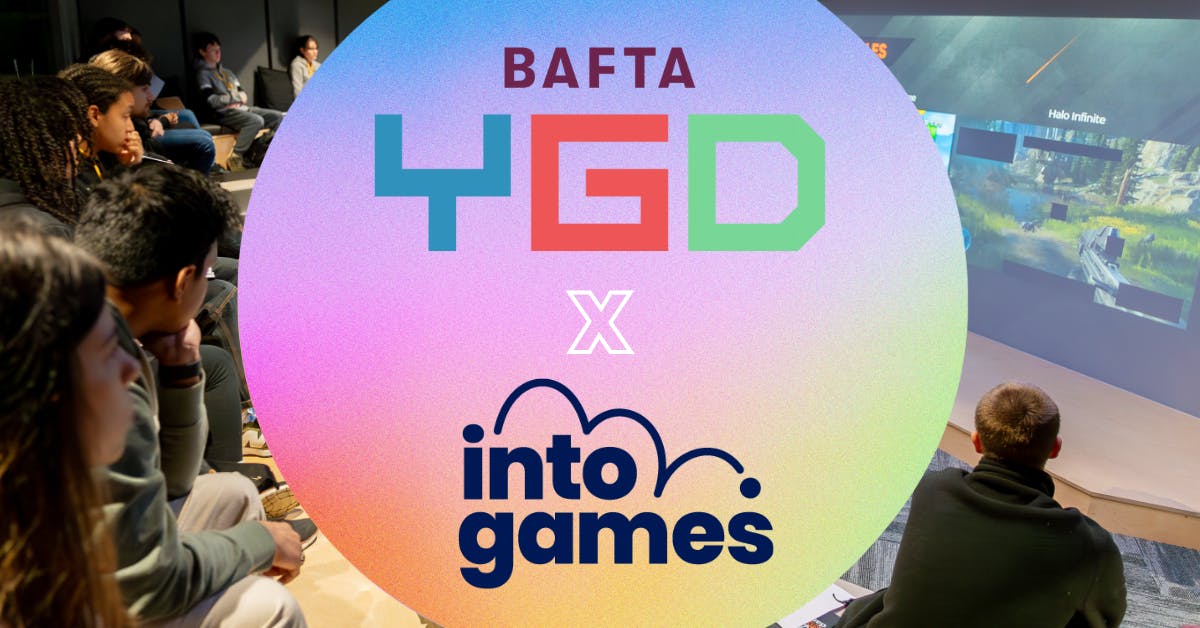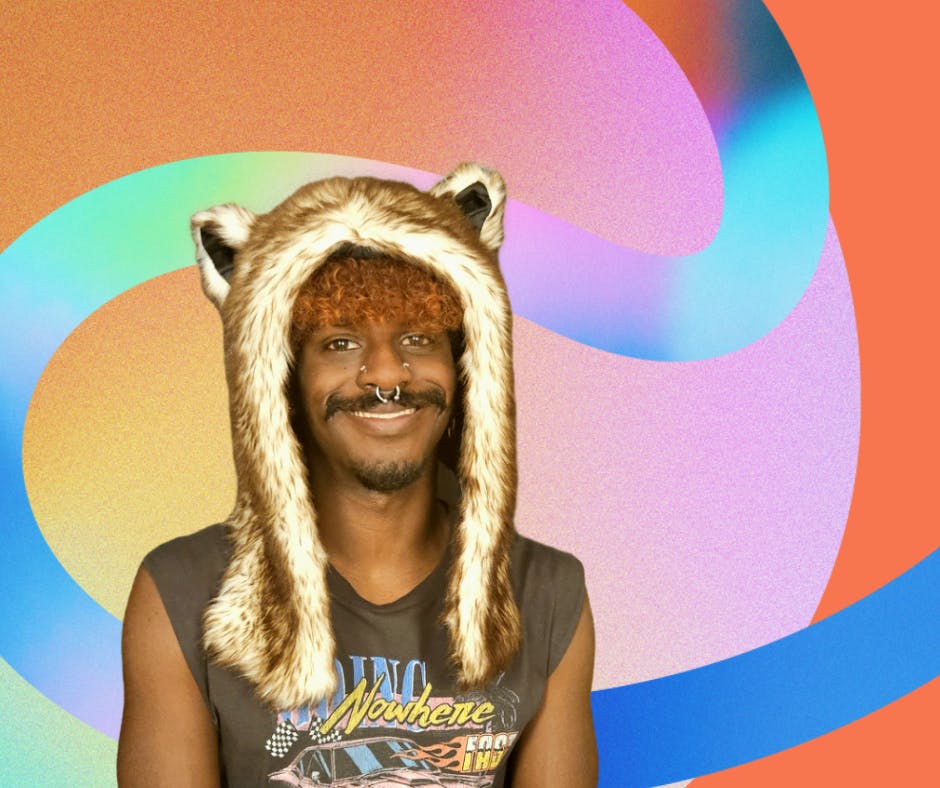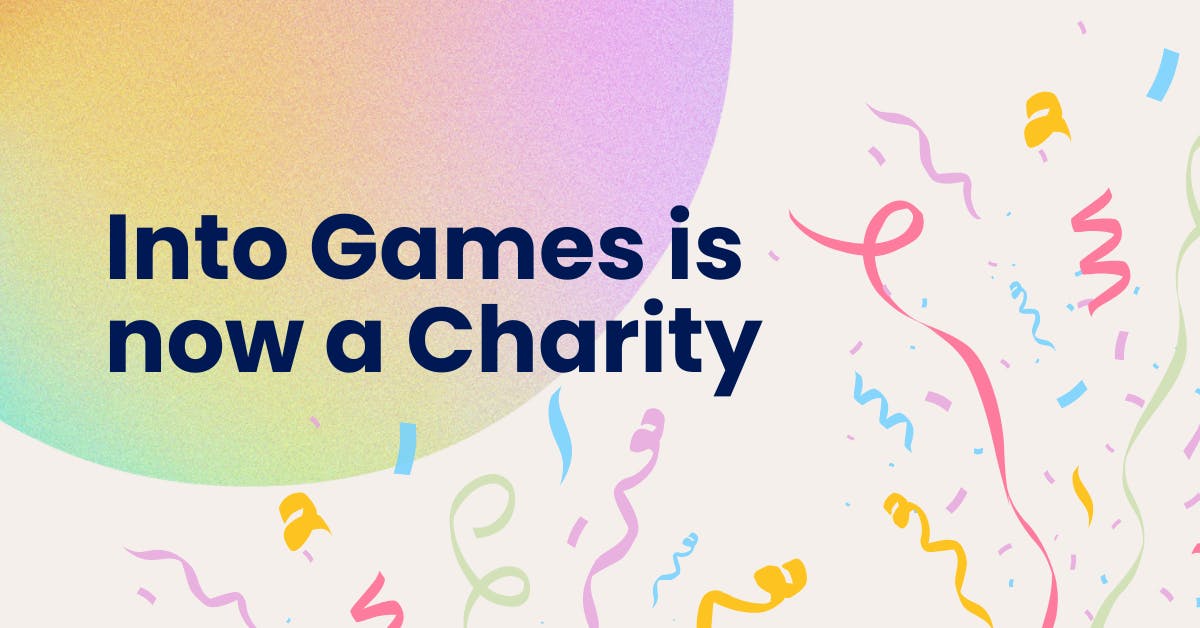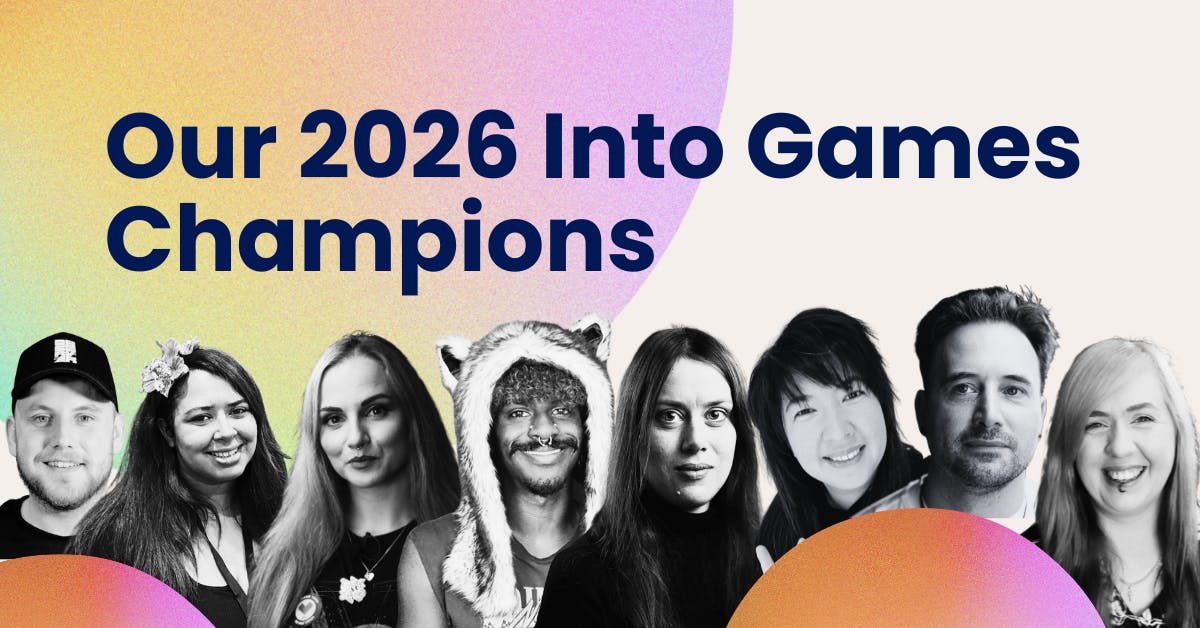
28 May 2020
What does a Technical Artist in games do? Interview with Kristrun Fridriksdottir, Sports Interactive
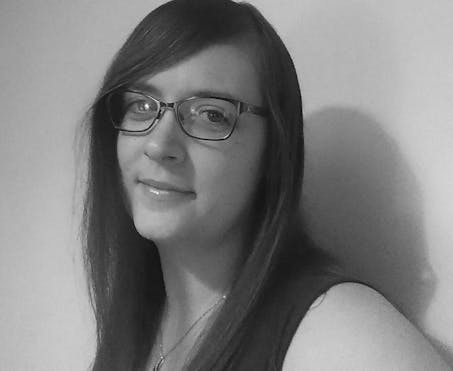
Kristrun Fridriksdottir, kick-started her career with a degree in IT, Games and Sculpture which helped her hone her craft for modelling and character design. Today she is Technical Artist at Sports Interactive. We asked Kristun, some key questions about getting into the games sector.
Explain your role like I'm 5 years old
That's a tough one! Most people in the industry don't understand what a Technical Artist does. I create magic buttons that make work easier for art and animation departments. I also solve problems that people don't understand.
Take us through your average day at work
Writing scripts with Python. Creating skeletons for characters so animators can make them move. Communicate cross-discipline. Analyse what art & animation departments really want/need, which might not always be what they say.
What was your educational and career journey into your current role?
My 1st degree was in IT. My 2nd degree was in Games with focus on Character and Hard surface modelling and rigging. My 3rd degree (Masters) was in Classical Figure sculpture with focus on Anatomy. I've worked as hard surface modeller, character modeller, general modeller, 3D anatomist, rigger and technical artist. I've worked in commercials, animation, apps, teaching and games.
What is the most rewarding thing about your role
For me, I need variety in my day-to-day responsibilities. I worked in different departments before moving into TA and what I found was that modelling all day every day became too repetitive for me. TA gives me a variety of responsibilities so I don't feel the repetitiveness that I felt in other departments.
What other roles do you work with the most
Environment modelling, character modelling, animation, graphics programmers, animation programmers, UI art, UI programmers, tools programmers, backend programmers, engine programmers.
What's the most challenging thing about your role?
Being a jack of all trades. Supporting too many different aspects limits you in becoming an expert in any. Supporting too many departments also runs the risk of multiple different departments making requests from you at the same time, making you a bottleneck.
What software or digital tools do you use the most?
Maya, any coding software, such as jEdit, PyCharm, etc. Substance, MotionBuilder, Max, Photoshop - any software art or animation uses + coding tool
What are the key skills needed for you to work on to do your role?
For tools - Python and OpenGL. An understanding of math and programming. Having an analytical mind and being a creative problem solver.
For art-related skills - having an artistic eye, an understanding of light and shadows, shaders and anatomy.
It's important to master communication - explaining art to programmers and programming to art.
And other technical skills I would include: pipeline, folder structure ideal of iterations, optimisations, batching, automation, tech support for art & animation, engine implementation for art & animation assets.
What advice would you give to your younger self looking to get started in the industry?
Don't get so defined by the boxes Universities tend to create. Tech Art isn't just art or just tech, it's a mixture of both. Within games, there are several departments that require a mixture of both skills, paths you rarely see offered at Universities.
Do you have any links to good articles or videos that you think might give some tips or advice to someone starting in your role?
Understanding what a Technical Artist does
Stay up to date
It's time to level up your inbox
Pick which newsletters you're interested in receiving, and customise further by specifying a discipline.
Join our mailing listTell me more
